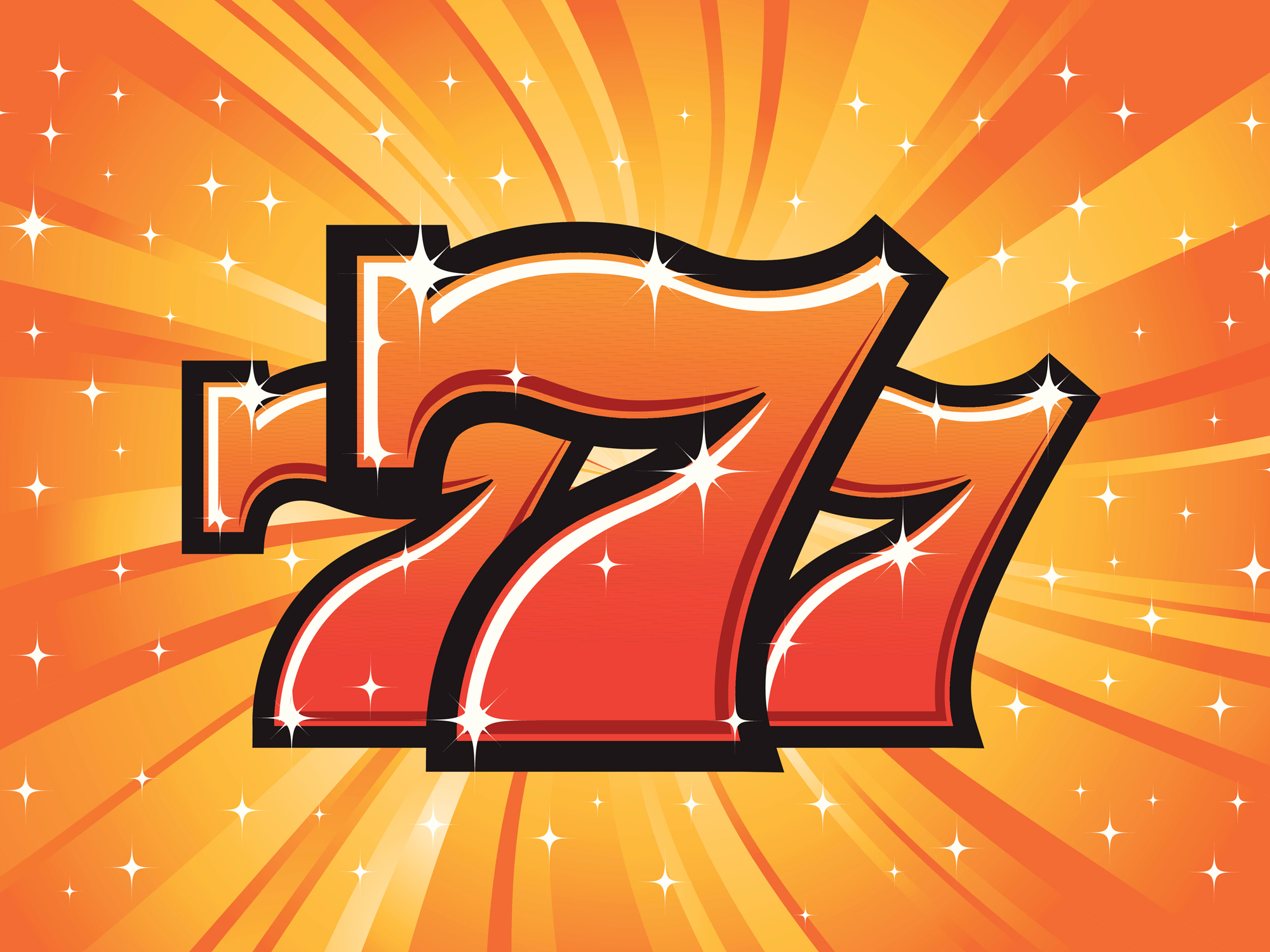Get Easy Health Digest™ in your inbox and don’t miss a thing when you subscribe today. Plus, get the free bonus report, Mother Nature’s Tips, Tricks and Remedies for Cholesterol, Blood Pressure & Blood Sugar as my way of saying welcome to the community!
7 lifesaving habits to keep heart disease away

I need to share a sobering thought…
Heart disease, which includes coronary heart disease, hypertension (high blood pressure) and stroke, is the number one cause of death in the United States.
And yet, the American Heart Association and American Stroke Association both assert that a whopping 80 percent never have to happen.
That’s because prevention can reverse these numbers and improve your life and life expectancy.
If you’re not sure of your risk level for heart disease or stroke, the AHA has a simple (and free) online “Life’s Simple 7” risk assessment tool.
But regardless of your risk level, these seven ways to reduce heart attack and stroke risk can get you on the right path…
Lucky #7
Seven is a widely popular lucky number in many cultures and religions. It’s also what you want to see when playing the slots in Vegas. But when it comes to promoting health and preventing illness — there’s no room to gamble.
Heart disease and stroke share many of the same causes, including high blood pressure, smoking, obesity, diabetes, lack of exercise, poor diet and high cholesterol.
But turning these unlucky risk factors around with these 7 lifesaving habits can reduce your risk by 80% — and that’s a win you can take to the bank…
1 – Get Active
Increasing physical exercises is the first step because it can reduce blood sugar, lower cholesterol, lower weight and makes you feel great! You can begin by taking walks, parking further form the store and taking the stairs instead of the elevator.
The AHA recommends the following programs:
1) Moderate-to-high-intensity muscle-strengthening activity, at least two days per week.
2) 150 minutes per week total of moderate-intensity exercise (30 mins a day, 5 days a week);
3) OR 75 minutes of vigorous aerobic activity per week (25 minutes, 3 days per week).
Examples of moderate intensity activity include:
- Walking briskly (3 miles per hour or faster, but not race-walking)
- Water aerobics
- Bicycling slower than 10 miles per hour
- Tennis (doubles)
- Ballroom dancing
- General gardening
Vigorous activity would include something like:
- Race walking, jogging, or running
- Swimming laps
- Tennis (singles)
- Aerobic dancing
- Bicycling 10 miles per hour or faster
- Jumping rope
- Heavy gardening (continuous digging or hoeing)
- Hiking uphill or with a heavy backpack
2 – Balance Your Cholesterol
While statin drugs are the mainstay of modern medicine for lowering LDL (“bad”) cholesterol, they may be doing more harm than good. That’s why I believe when it comes to balancing cholesterol, natural solutions are the most gentle and are effective.
If your LDL (“bad”) cholesterol is too high it may increase your risk of heart attack and stroke. You need to keep the LDL in check and increase the HLD (“good”) cholesterol, which helps shuttle the bad out of your body.
It’s well established that simply losing weight has cholesterol lessening effects. Much of this success could be due to the nature of how weight is lost: through exercise (above) and diet (see below). Exercise metabolizes fats in the body and a healthy diet should decrease inflammation-causing processed foods from entering your body.
3 – Control Your Blood Pressure
Keeping an eye on blood pressure is key to preventing it from getting too high and being a risk factor in heart disease and stroke. Again, exercise and diet are your friends here. Get up and move more to reduce HBP and lose weight. You can also limit your alcohol consumption and eat a heart-healthy diet. You might consider these 5 supplements for healthy blood pressure, start drinking beet juice and be sure to eat these 20 foods for a strong heart.
4 – Eat Better
Along with exercise, diet is a pillar of any wellness program and certainly has direct effects on many facets of the causes and prevention of heart disease and stroke. This is often difficult for people to change because we are creatures of habit. But making a change to a heart healthy diet is essential.
- East more fresh fruit and vegetables.
- Choose lean proteins over fatty meats.
- Eat more whole grains and less processed ones.
- Avoid added salts, fats and sugars.
- Eat more wild Alaskan salmon.
- Limit your intake of saturated fat and full-fat dairy and avoid trans fats (found mostly in processed, packaged foods).
5 – Lose Weight
Losing weight is important for controlling diabetes and risk of stroke and heart attack. With heart disease being the No. 1 killer, it’s no surprise that 70% of Americas are overweight or obese. The AHA recommends losing 2 pounds a month to total 24 pounds per year to get you there safely and avoid the rebound weight gain of many fad diets.
Increasing exercise, making healthier eating choices, and increasing fiber intake will all help you lose weight. But also consider portion control. Researchers at Cornell University found that junk food is not the cause of obesity in America. In fact, it is simply our lack of portion control; that is, the vast quantity of food we eat daily.
6 – Reduce Blood Sugar
Dropping your blood sugar is essential to reducing your risk of diabetes, heart disease and stroke. Not only that, but elevated blood sugar can increase your risk of heart disease and stroke by 4 times! Exercise and diet are the key to reducing blood sugar. Click here for more tips on naturally lowering your blood sugar.
7 – Stop Smoking
A no-brainer… Smoking causes one in five deaths and these are all preventable by quitting. Quitting smoking can help prevent heart disease, stroke, cancer and lung disease. There are several methods to help you quit, and this Free Guide can help you!
Motivation
So, America’s No. 1 disease is preventable in 80% of cases. And the prevention model is steeped in making healthier choices in these seven areas we’ve just outlined. But these seven areas all are affected directly by exercising more and adopting a healthier diet. So what more do you need to get started?
How about a little motivation…
The chilling statistics from the AHA and ASA are a scary wake-up call to everyone. Have a look at these deadly 7 deadly facts, then, get busy turning your 7 risk factors into 7 lucky lifesaving habits:
- Coronary heart disease accounts for 1 in 7 deaths in the US, killing over 360,000 people a year.
- About 790,000 people in the US have heart attacks each year. Of those, about 114,000 will die.
- There are 580,000 new attacks and 210,000 recurrent attacks each year in the US.
- Each year, about 795,000 people experience a new or recurrent stroke. Approximately 610,000 of these are first attacks, and 185,000 are recurrent attacks.
- Stroke is a leading cause of serious long-term disability in the US.
- In 2013, worldwide prevalence of stroke was 25.7 million, with 10.3 million people having a first stroke.
- Stroke was the second-leading global cause of death behind heart disease in 2013, accounting for 11.8 percent of total deaths worldwide.












